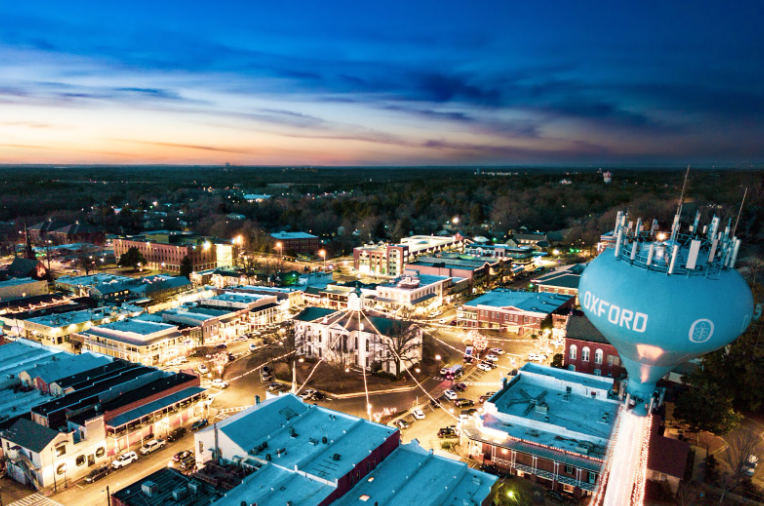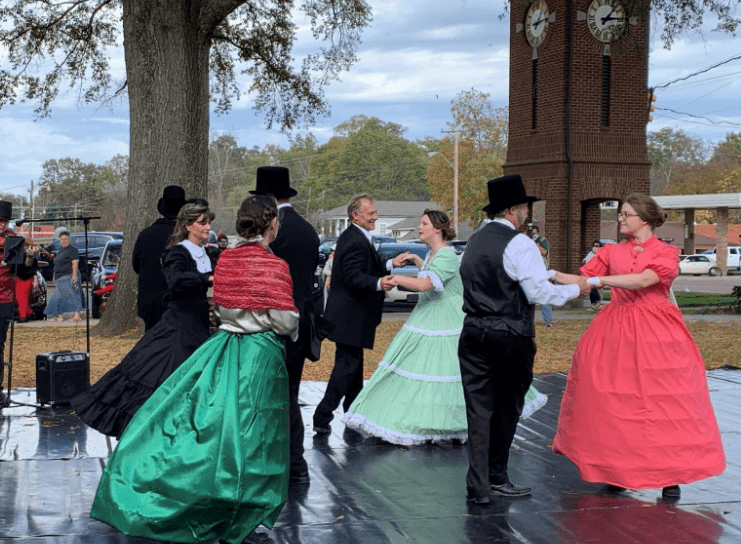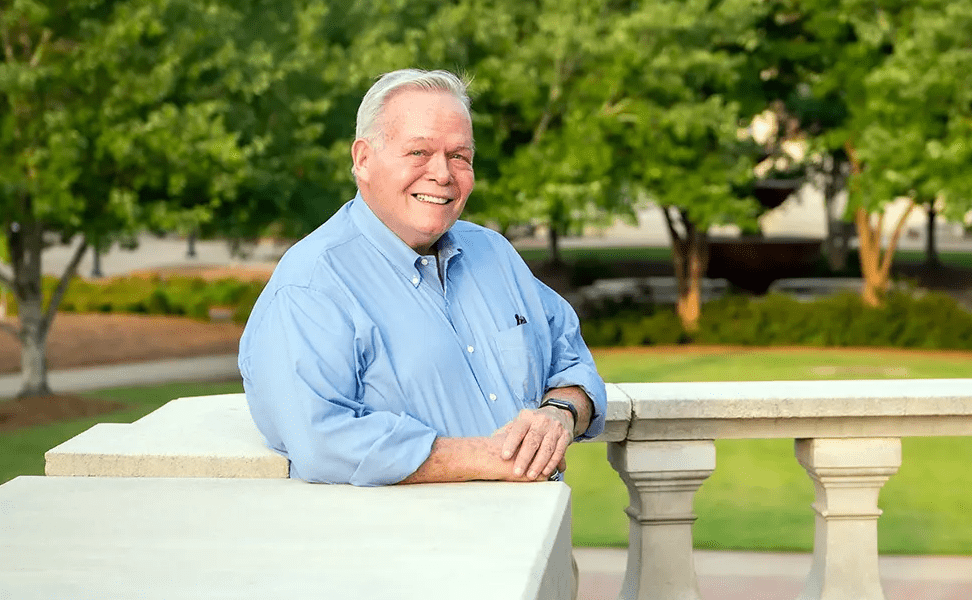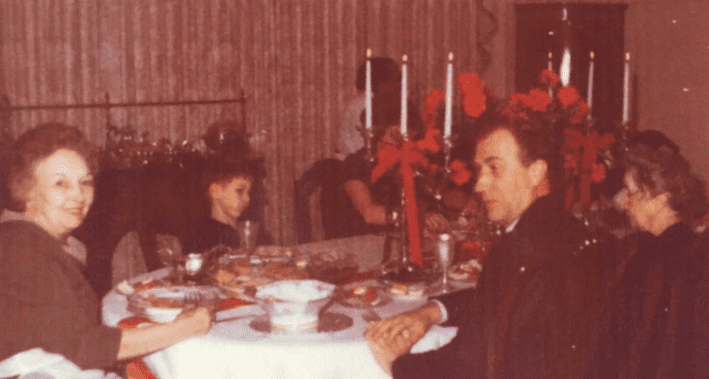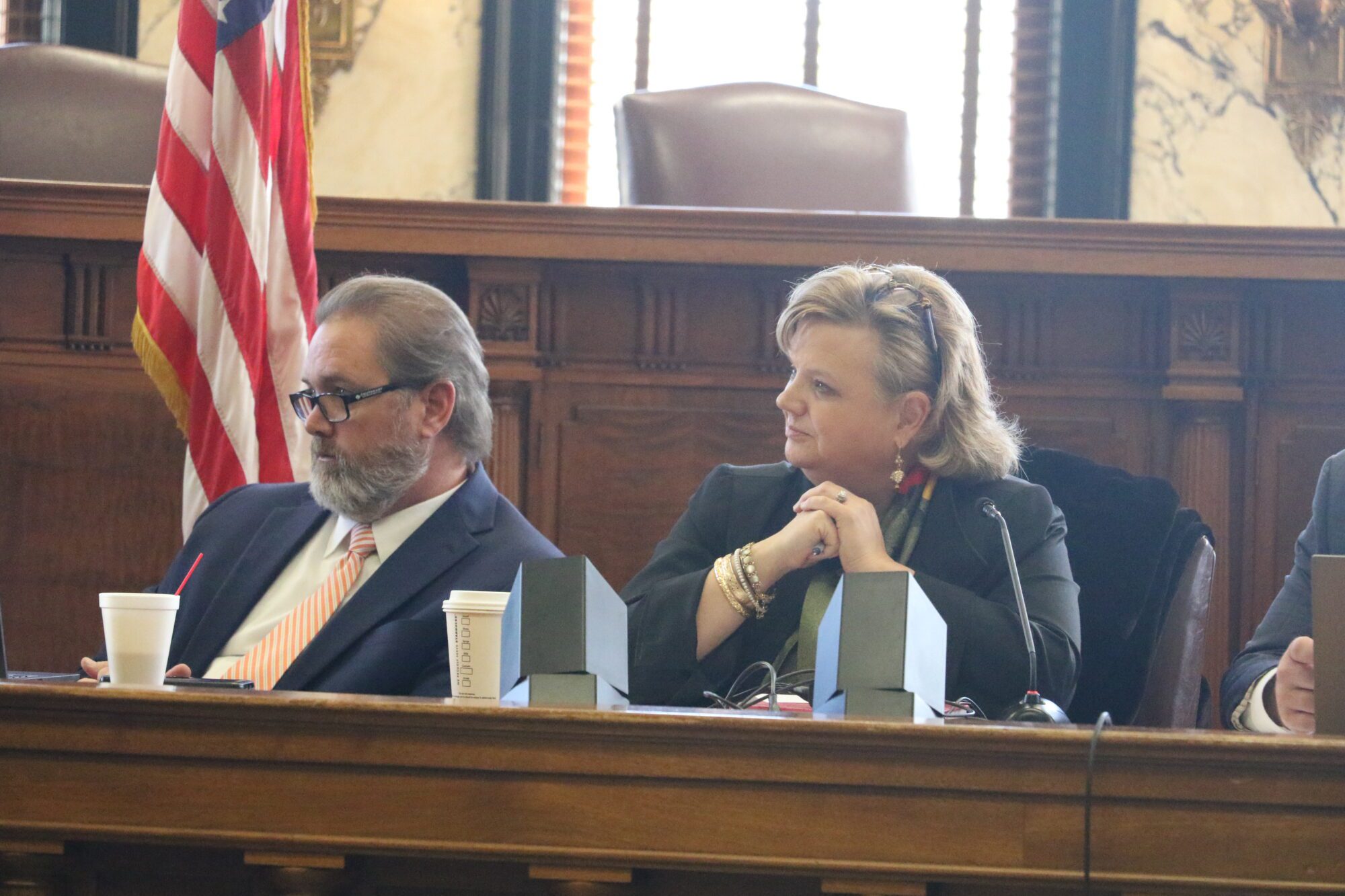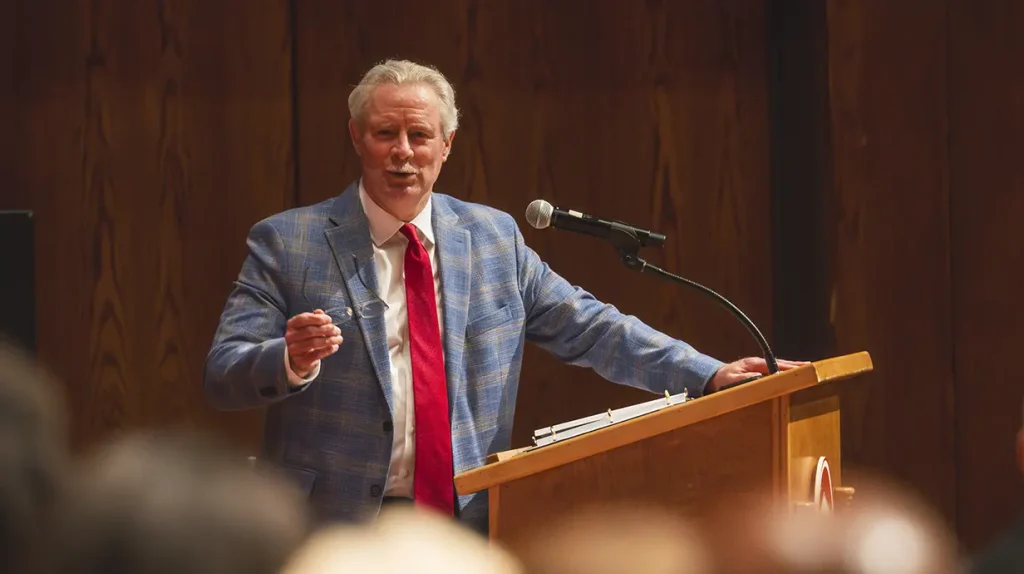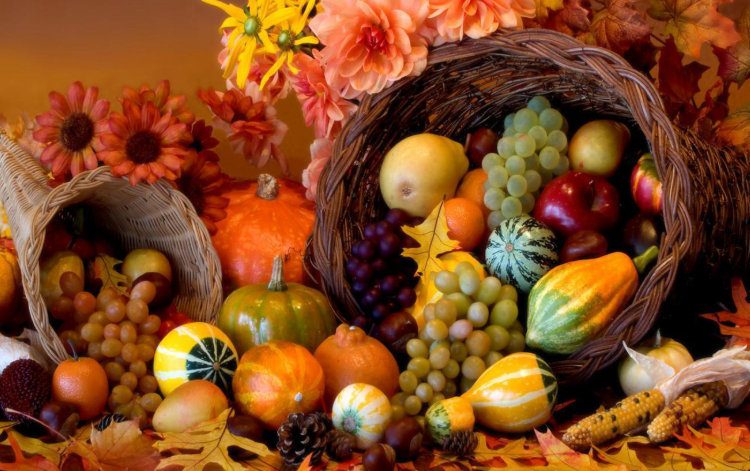
- Thanksgiving is one of those unchanging, institutional anchors of life.
According to ChatGPT, Thanksgiving is controversial these days. After I pored over a series of bullet points supporting that statement, the AI wizard, who is ChatGPT, asked me if I might like him to summarize for me how “people are reimagining Thanksgiving in 2025.”
Without hesitation, I said aloud, “I think not.” I never want to reimagine something that we got so right the first time around, before we had AI to enlighten us. Thanksgiving is one of those unchanging, institutional anchors of life. I vote for keeping it as it has always been. There is comfort in thinking Thanksgiving will be here long after I am gone.
Despite its place on the calendar, squeezed between the cash cow of Halloween and the pressure of our 21st century, extravagant Christmas expectations, Thanksgiving remains, to me, the one truly American holiday that does not feel completely hijacked. With its focus on being grateful for what we have rather than complaining about what we do not, it still bears a strong resemblance, in a Norman Rockwell kind of way, to the occasion I have celebrated for as long as I can remember.
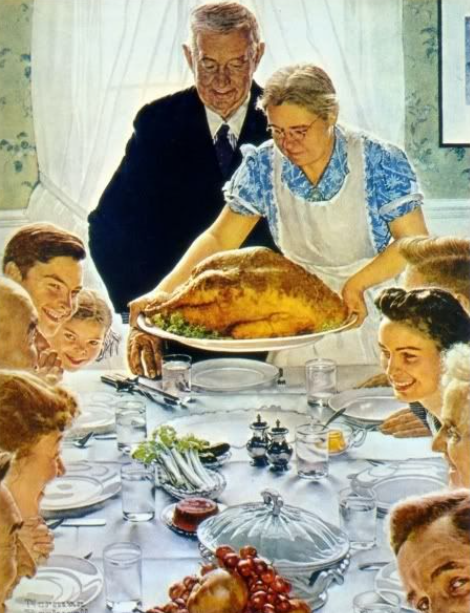
In a much simpler time, the late 1950s and early 1960s, the faithful in my beloved hometown held an annual community-wide service on Thanksgiving Eve. Side by side, we, from diverse denominations, filled the pews at either the Methodist or the Baptist host churches and sang the same hymns year after year. To this day, We Gather Together, and Come, Ye Thankful People, Come, take me back to the rose-colored carpet and the robust strains of Sara Baggett’s pipe organ in that same First Methodist Church where I was properly “sprinkled” as an infant and later decided to accept Jesus as my savior. Somewhere in the order of service, we always managed to work in America, the Beautiful. Always.
At our public school, Lockard Elementary, our last activity just before dismissal for the Thanksgiving holiday was a reenactment of the First Thanksgiving feast. Miniature Indians and Pilgrims from the fourth grade gathered around a common table and offered prayers to the Almighty, thanking Him for a bountiful harvest and peace with their neighbors. There is no doubt in my mind that my mother breathed a sigh of relief the year I participated as an Indian. My required costume was made from a Piggly Wiggly grocery bag, which took about ten minutes to create and required no effort on her part.
Mama, a newspaper reporter, was a working mom before working moms were cool, and I am not sure what she would have done if she were tasked with a Pinterest-style pilgrim costume. There would definitely have been angst. Homeroom teachers likely had figured out between September and November which moms were handy with a sewing machine, and which moms would be forever eager to bring “Cokes” and “store-bought cookies” to the holiday parties. Marie Hemphill was definitely in the latter category.
In the Mississippi Delta of that era, we lived and died by the success or the failure of the year’s cotton crop. There were times of plenty and times of want, and I could tell by the number of gifts under our Christmas tree each year whether the harvest had been fat or lean. At the Hemphill house, our prosperity was dependent on how many cotton farmers were able to custom-order new Buicks from my daddy’s dealership. But at Thanksgiving, there were no clues to our financial position because the spread on our dining room table always looked like abundance to me.
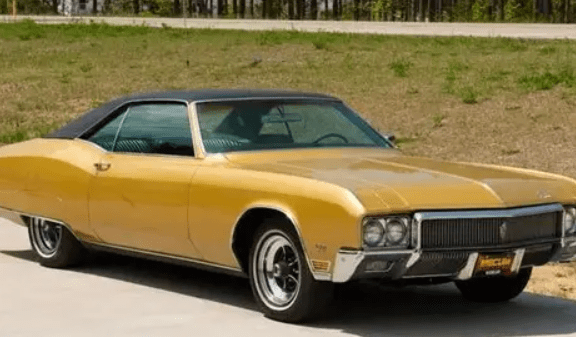
For years, I woke up on Thanksgiving morning to the aroma of breakfast bacon wafting through the hallway, blending with the first telltale scents of a turkey roasting in the oven. My mother had greased and seasoned the big bird the night before, then set her alarm clock to wake up before daylight and pop it in a slow oven for what seemed like eternity.
Through all the years of my childhood, Jessie Mae (“Bay” as my sister and I called her) reigned over our kitchen, slicing, dicing, and creating an extraordinary traditional meal for our family. She had no husband or children, so she loved us as her own, and we loved her back just as fiercely. Bay never pulled out a recipe or a cookbook, and when I asked her how to make one of her dishes, she usually said, “Baby, you jes’ gon’ have to watch me.” I never mastered her magic, but I have never seen another person take the same simple ingredients and turn them into such scrumptious palate pleasers.
Her cornbread dressing, squash casserole, green beans, yeast rolls, Ambrosia, and Apple pie caused a sensory symphony that lingered throughout our house into the afternoon hours. What I wouldn’t give for one more Thanksgiving to taste the feast she seemed to produce effortlessly and to hear her familiar voice bossing us all from her position of authority in my mother’s kitchen. We dared not tarry a second once she called us to the table.
Today, in my dining room armoire, I have a Haviland china pattern that was discontinued 60 years ago. It is my mother’s wedding china, chosen in 1938 when she and my daddy married. With pink orchids in the center and a gold band encircling the edge, today’s bride would find it quaint and “dated.” But for me, it is a cherished reminder of all the times my family banished hurry, relished the conversation around a starched white tablecloth and a celebratory meal, and soaked up a few fleeting moments of what was a very short season of life together. On this end, I grasp how truly short those years really were.
I recall well Thanksgiving, 1974, one of the last times our family shared Thanksgiving in the house where I grew up. We sat together in the dining room, where we had eaten countless special holiday meals, served in the same dishes with the same special sterling silver laid out only at Thanksgiving and Christmas. I’m not sure why I had this startling epiphany that particular day. I was expecting my first child, and every emotion and feeling was large inside me. I remember thinking that I should pay close attention to every nuance that year because my mother and daddy suddenly looked very old. Our “Bay” had passed away that previous summer, and there was a deep sense of loss on that first Thanksgiving without her larger-than-life presence with us.
Life had turned a page, and I was grateful to have noticed. I realized, perhaps for the first time, that our cherished family customs would change throughout my life. I have since learned through all the inevitable losses that come with years that the empty chairs around the table are not a reason to grieve, but a reason to rejoice for lives well lived and for the holy and sacred moments, like Thanksgivings past, that will live forever in our hearts.
